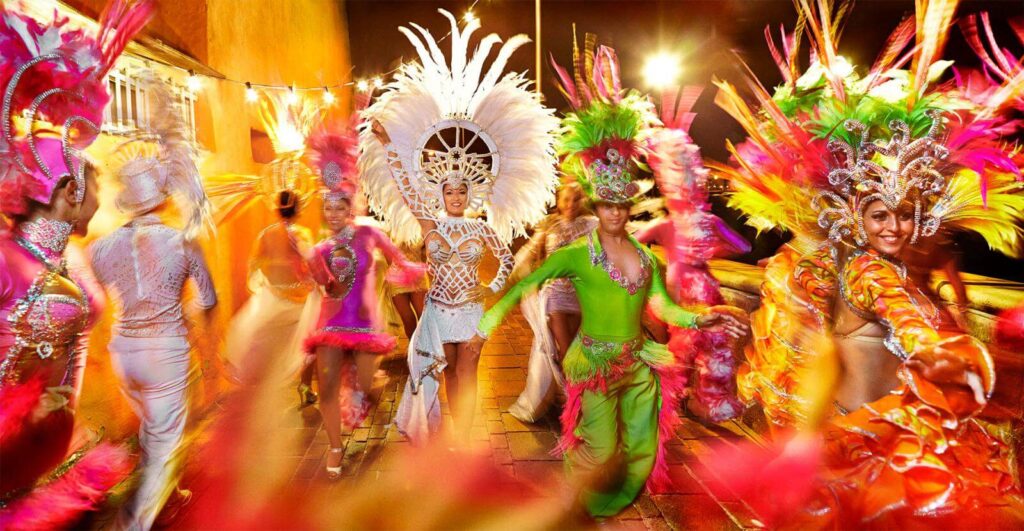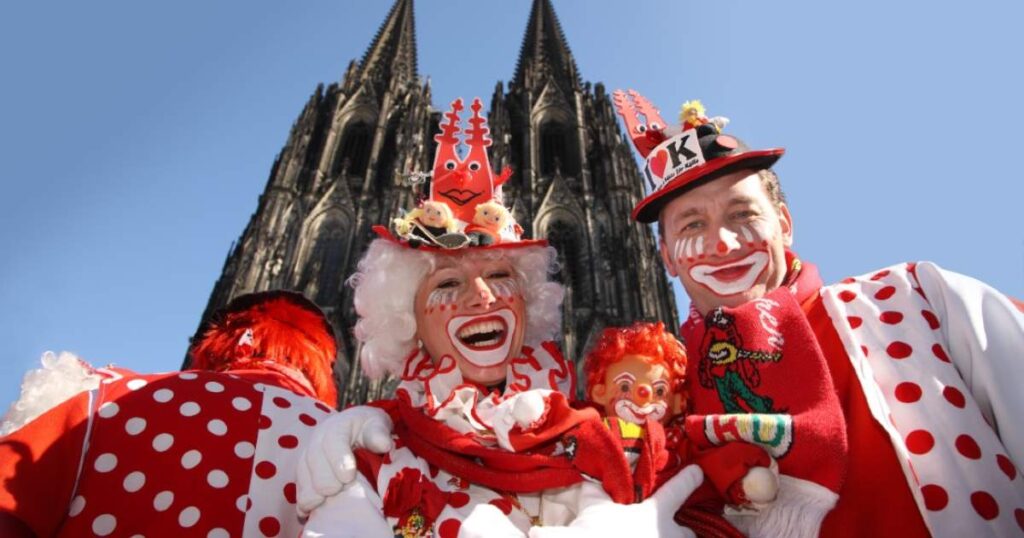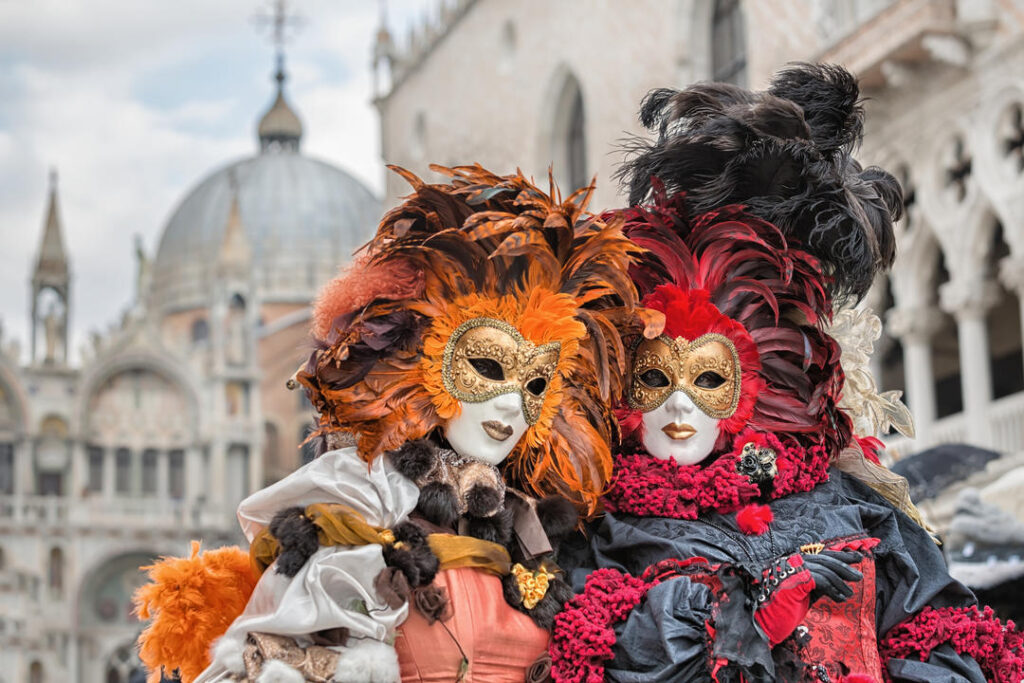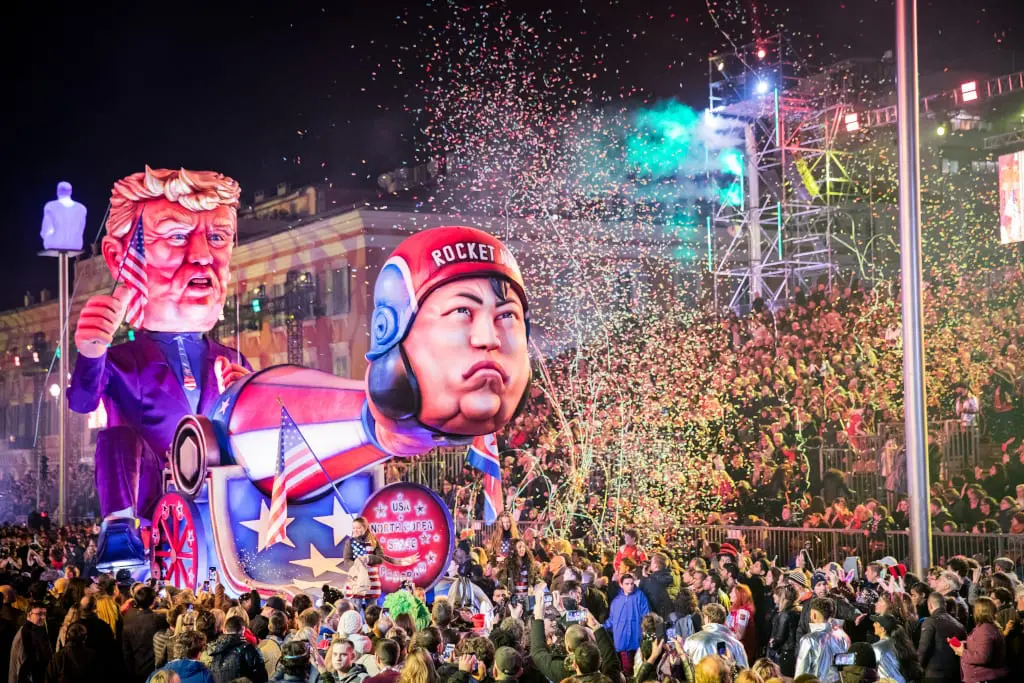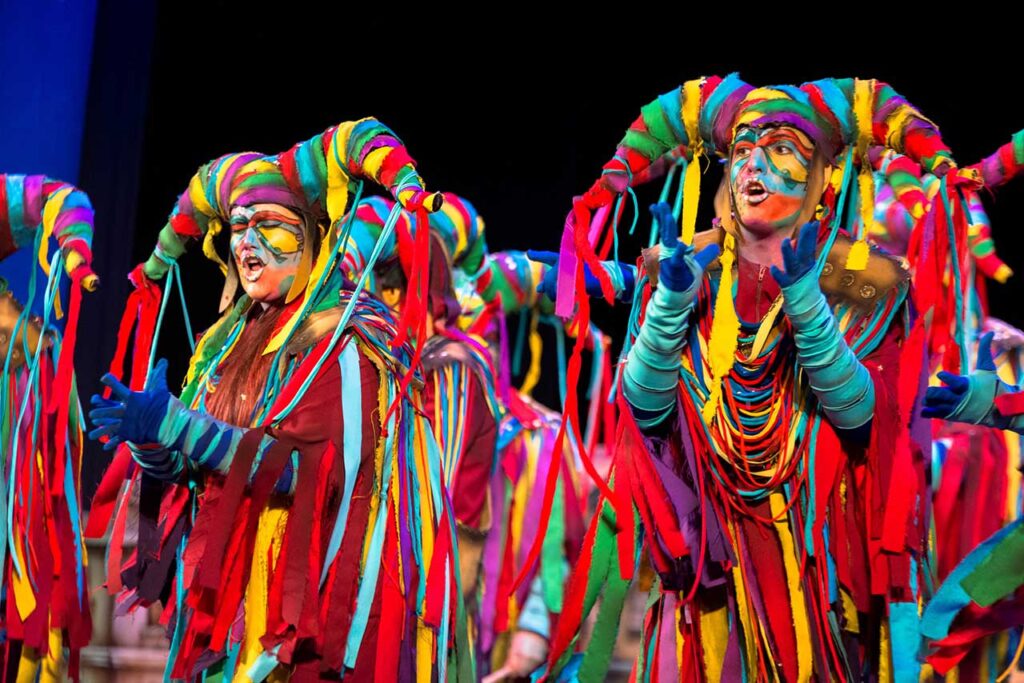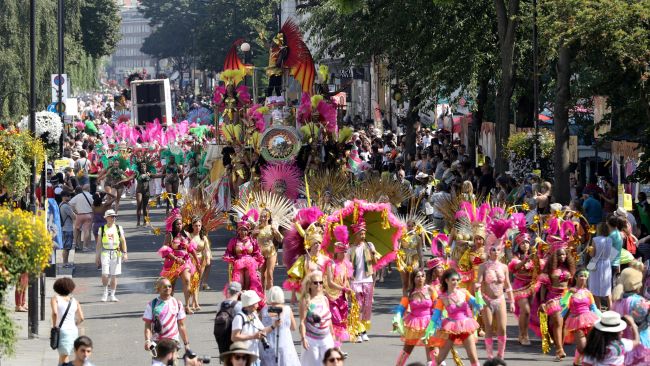”Anything goes during Carnival!” – this phrase is often uttered/giggled/shouted during this supersize celebration. The party was originally spawned from celebratory Roman orgies held in honor of Bacchus who was, fittingly, the god of wine, theatre, ritual madness, and ecstasy. The celebrations continued through the years, incorporating masks during the Middle Ages so that revelers could protect their identities. In Catholic tradition, the end of Carnival marks the beginning of Lent, representing 40 days of fasting. Celebrating Carnival before abstinence allowed followers to fill up on enough food and drink to see them through the following month.
Brazil is home to the largest and most spectacular Carnival in the world; Rio de Janeiro. Within Europe, however, we do not fall short with our own sizeable shindigs. Here’s a guide to the top five Carnivals held on the continent. And because we were caught up in the decadence, we’ve included one extra… after all, “anything goes…”
Santa Cruz de Tenerife, Spain
Santa Cruz de Tenerife, in the Canary Islands, is the second most popular and internationally known celebration after Brazil’s. Partying kicks off on the Wednesday before the main event, when the election of the Queen of the Carnival takes place. Candidates are dressed in lavish and incredible costumes that weigh anything from 150 to 200 kilos. The theme for the costumes changes every year, with 2024’s “La Televisión” dress code ensuring entries will be as cool as ever. For the entire week the people of Tenerife party to the rhythm of a lively Latin soundtrack, with performances by renowned artists adding to the festive atmosphere. True to Catholic form, the festivities end on Ash Wednesday, the start of Lent. Spain has a lot of beutiful cities you can visit and Tenerife should definitily be on your list!
Cologne, Germany
This festival is one of Germany’s most important cultural events; it is even considered the “fifth season”. Though officially it begins on February 8, 2024, the real party – also referred to as the “crazy days” – doesn’t begin until the few days later, on the Weiberfastnacht, when women take control of the city. A highlight of the Cologne Carnival is the Rosenmontag, when three participants are paraded through the city during the Dreigestirn. Individually they represent a virgin, prince and farmer, and often pay large sums of money for the privilege. During the week-long carnival, bars and pubs know no closing time.
Venice, Italy
The Venetian Carnival is steeped in history and tradition. Much like in the Middle Ages, the Venetian’s origins date back to the thirteenth century, when nobles disguised themselves in masks in order to mingle with the poor folk. These days the party still retains its former glory, with attendees donning traditional costumes and masks. The masks are usually ornate and decadent; white, edged with a black or dark coloured cloth, teamed with three-cornered hats to ensure total anonymity. Masked balls and private parties are still held in some of the noble palaces of Venice. The Venetian Carnival attracts thousands of tourists each year, especially on Shrove Tuesday which is considered the most important day of the celebrations. 2024 the Venetian Carnival will be a 10 day event starting from 3 to 13 February 2024.
Nice, France
Nice‘s celebrations are heavily influenced by the Venetian Carnival, with masks an important part of the carnival costumes. The festival lasts for two long weeks, until Mardi Gras, translating as “Fat Tuesday” in French. In keeping with the Catholic traditions, revelers eat rich, fatty foods in copious amounts before abstinence begins the next day. Several street parades are held during the celebration, one of the most popular being the Battle of Flowers; floats brimming with bouquets make their way through the capital of the Cote D’azur. Spectators are encouraged to grab and throw the colourful blooms, adding to the vibrancy of the celebrations.
Another popular parade takes place at nighttime, with all of the floats decorated to represent different subjects relevant to modern society.
Cádiz, Spain
We’re back in energetic Spain, where the Cadiz fiesta has taken on epic proportions to boost it into the international spotlight, and today it’s one of the most renowned in the world. Despite prohibition on numerous occasions throughout the eighteenth, nineteenth and twentieth centuries, its zealous spirit could never be crushed and has always managed to elude authority. In addition to the parades and music which flood the streets, “Chirigotas” – songs satirising politicians and the current news from Spain – are extremely popular.
Bonus: Notting Hill, London
Although it takes place during the month of August, London’s Carnival offering is actually the largest in Europe. Having first been established in the 1960s as a way to ease tensions between the English and the Caribbean newcomers from the former British Colonies, it has blossomed into a week-long celebration. The main parties take place at the weekend, when Notting Hill is bursting with feathers, sequins, music and Caribbean cuisine. The festivities are viewed by many as one of the most important celebrations in the British calendar.

